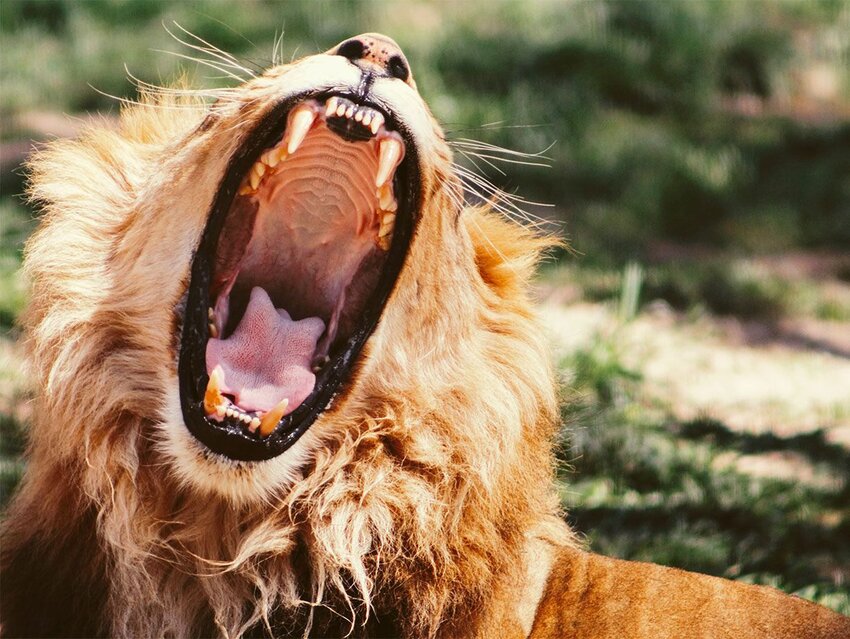Do you ever wonder what your dog is thinking? Or what animals that eat only nectar are called?Maybe you think about the scientific names for certain species. If your daydreams concern a menagerie of creatures, we have answers to at least some of your questions. We can’t tell you what goes on in your pet’s mind, but these zoological terms will bring you closer to the animal kingdom without you getting chased by a peacock, or chewed on by a cow.
"Abomasum"
Did you know that cows have not one but four stomachs? The abomasum is sometimes called the true stomach of a ruminant animal because it’s the one that digests the food before it goes through the rest of the digestive system. Of the other three — the rumen, reticulum, and omasum — the abomasum is closest to our single human stomach.
"Pavonine"
"Pavonine" is a fantastic adjective that means "of or like a peacock." The showy ostentatious peacock is the male (peahens being the female peafowl), and the adjective tends to refer to the flashier of the species.
"Struthious"
"Struthious" is a specific adjective meaning "related to or resembling an ostrich." What sort of characteristics could be struthious? Perhaps having long legs, a long neck, or possibly a round body. Ostriches are the largest birds in the world.
"Allopatric"
The most famous examples of allopatric animals are Charles Darwin’s finches on the Galapagos Islands. They ate different foods and had varying physical traits, even though they had common ancestors. In allopatric animals, a geographic circumstance separates them just enough that their ways of living change across the species.
"Estivation"
Estivation is similar to hibernation, but animals practicing estivation go dormant when it’s hot and dry instead of cold and snowy. And who can blame them? Sometimes you have to get out of the summer heat and hang with the hedgehogs, snakes, and snails.
"Frugivorous"
Animals eat more than meat and vegetables. Frugivorous animals eat only (or mainly) fruit, insectivorous creatures eat insects, and nectivorous animals eat — you guessed it — nectar.
"Xeric"
"Xeric" is an adjective for both the climate and the animals that live in it. Think of the desert and other dry places — the opposite of hydric (very moist) areas.
"Nidifugous"
A nidifugous, or precocial, animal is ready to get up and go from the very start. For example, sea turtles hatch and make a beeline for the ocean. The primary determiner is the ability of the newborn animal to feed itself. When a new parent is waking up for the third feeding of the night, they might wish humans were nidifugous, but alas, we’re nidicolous.
"Tigon"
You might think you’re an expert after watching Tiger King, but here’s some new vocabulary for you. A "liger" is a cross between a male lion and a female tiger, but a "tigon" is the opposite. It’s the pairing of a male tiger and a female lion. Either way, the two have some seriously impressive offspring.
"Holotype"
Every species has a holotype — it’s the physical characteristics of a species. Each one has specific traits, like a zebra’s trademark black and white stripes.

